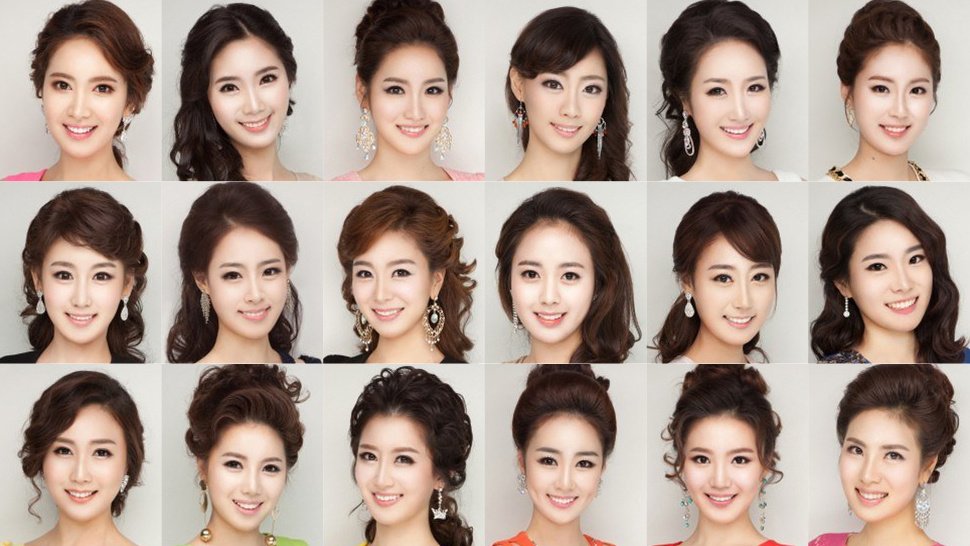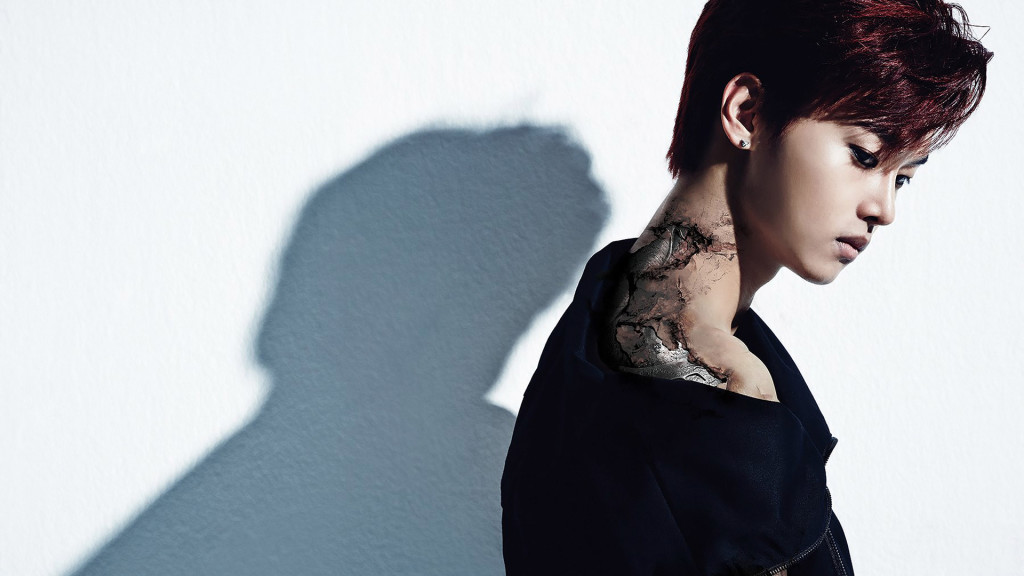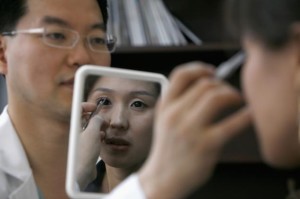 The unexpected passing of rock legend Shin Hae-chul (46) after his surgery is bringing medical malpractice in South Korea to the forefront. Five years ago, he had gastric bypass surgery at Seoul Sky Hospital and later had intestinal surgery at the same hospital. Shin suffered from immense pain in his chest and abdomen afterwards. Dr. Kang Se-hoon eventually confessed that he had stapled his stomach to make it smaller without consulting Shin or his family first. Instead of apologizing, the doctor simply said that the pain would go away. Shin developed an infection which led to cardiac arrest, a coma, and then death. An autopsy report released in December noted that two holes (one in the small intestine and one in the sac around the heart) were probably caused by the surgery. A CT scan of Shin’s chest showed that gas had formed in the sac around his heart, yet he hadn’t received any medical treatment for it.
The unexpected passing of rock legend Shin Hae-chul (46) after his surgery is bringing medical malpractice in South Korea to the forefront. Five years ago, he had gastric bypass surgery at Seoul Sky Hospital and later had intestinal surgery at the same hospital. Shin suffered from immense pain in his chest and abdomen afterwards. Dr. Kang Se-hoon eventually confessed that he had stapled his stomach to make it smaller without consulting Shin or his family first. Instead of apologizing, the doctor simply said that the pain would go away. Shin developed an infection which led to cardiac arrest, a coma, and then death. An autopsy report released in December noted that two holes (one in the small intestine and one in the sac around the heart) were probably caused by the surgery. A CT scan of Shin’s chest showed that gas had formed in the sac around his heart, yet he hadn’t received any medical treatment for it.
Unfortunately, Shin is not alone when it comes to malpractice, and one particularly risky area is plastic surgery. It’s no secret that plastic surgery is a lucrative business in South Korea, and that has tempted many less-than-ethical doctors to try to cash in. In the Apujeong subway station alone, there are 110 plastic surgery advertisements. Of course, there is nothing inherently wrong with plastic surgery, and South Korea is not unique in its pursuit of perfection (plastic surgery in the United States was booming even in the recession). A combination of cultural and social norms and expectations simply makes going under the knife more acceptable in South Korea.
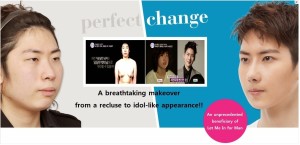 The media is probably the most influential. Plastic surgery pops up in the glowing before and after advertisements in the subway, music video, and TV shows. The reality show Let Me In takes ordinary people and gives them dramatic makeovers. The participants, both men and women, opt for plastic surgery because of the suffering caused by their physical appearances. 21-year-old Park Jin-bei worked hard to lose weight but was left with sagging skin. After working so hard to lose weight and having his dreams shattered, Park fell into depression and refused to leave his house for years. The show gave him $57,000 worth of plastic surgery as well as psychological help. His transformation into a “flower boy” caused a sensation. Although the makeover makes participants more confident, the show has been criticized for glossing over the real risks behind such serious procedures. In contrast to Let Me In, another reality show, Back to My Face, tries to undo plastic surgery and give participants back their natural looks (albeit with more plastic surgery).
The media is probably the most influential. Plastic surgery pops up in the glowing before and after advertisements in the subway, music video, and TV shows. The reality show Let Me In takes ordinary people and gives them dramatic makeovers. The participants, both men and women, opt for plastic surgery because of the suffering caused by their physical appearances. 21-year-old Park Jin-bei worked hard to lose weight but was left with sagging skin. After working so hard to lose weight and having his dreams shattered, Park fell into depression and refused to leave his house for years. The show gave him $57,000 worth of plastic surgery as well as psychological help. His transformation into a “flower boy” caused a sensation. Although the makeover makes participants more confident, the show has been criticized for glossing over the real risks behind such serious procedures. In contrast to Let Me In, another reality show, Back to My Face, tries to undo plastic surgery and give participants back their natural looks (albeit with more plastic surgery).
Celebrities from 2NE1’s Minzy to ZE:A’s Kwanghee are also opening up about their own cosmetic procedures, making the topic less taboo. The result is that people see plastic surgery as a way to be successful in their personal and professional lives. It’s estimated that around 1 in 5 South Korean women have had some type of plastic surgery (compared to around 15% of Korean men). With more than 4,000 plastic surgery clinics in South Korea and more people wanting different procedures, competition is steep; clinics will do almost anything to get more patients. Some techniques are sensible, such as offering discounts or making simple procedures free if the patient does a more expensive procedure. Others are questionable, such as “Cinderella Events” in which women are given free surgery in exchange for appearing in ads. But some are tactics are downright dangerous and illegal.
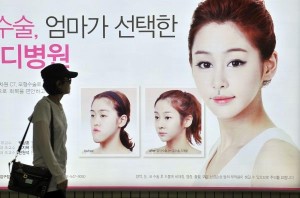 The Korea Consumer Agency reported that complaints about botched surgeries rose to 4,806 cases in 2013, almost triple the amount in 2008. When they surveyed their clients in 2013, only fifteen percent said that they had been warned about the risks and potential side effects by their doctors. Foreign patients may find themselves without an interpreter during their consultation sessions so they cannot make informed decisions about their surgeries. Advertisements have warnings but in small lettering that is barely legible. A 23-year-old woman committed suicide after her double jaw surgery for a smaller face left her unable to chew or stop crying because of nerve damage in her tear duct.
The Korea Consumer Agency reported that complaints about botched surgeries rose to 4,806 cases in 2013, almost triple the amount in 2008. When they surveyed their clients in 2013, only fifteen percent said that they had been warned about the risks and potential side effects by their doctors. Foreign patients may find themselves without an interpreter during their consultation sessions so they cannot make informed decisions about their surgeries. Advertisements have warnings but in small lettering that is barely legible. A 23-year-old woman committed suicide after her double jaw surgery for a smaller face left her unable to chew or stop crying because of nerve damage in her tear duct.
It was also found that 839 out of 1,091 clinics investigated lacked proper emergency medical equipment. Many clinics also cut costs by not hiring anesthesiologists or other trained professionals. Assistant nurses act as coordinators and illegally diagnose patients. One Korean surgeon admitted that at his former job he did as many as fifteen operations a day; timers in the operating rooms pressured him to finish on time. December saw the death of two people within four days: a woman getting liposuction and a nose job fell into a coma and died, and a man getting corrective jaw surgery also died.
Another major problem is “ghost/shadow doctors” who do illegal surgeries in place of more qualified doctors while patients are under anesthesia. Investigations by the Korean Association of Plastic Surgeons found that some doctors inject large amounts of anesthetic drugs to hide the fact that another doctor is doing the operation. Others borrow doctors’ licenses to buy anesthetics. A teenage patient fell into a coma in December 2013 during an eyelid and nose surgery. Her parents argued that she was put under general anesthesia without their consent. She was not taken to the hospital despite showing abnormal signs during surgery. The surgeon later claimed that his boss told him to continue even though a machine in charge of monitoring oxygen malfunctioned.
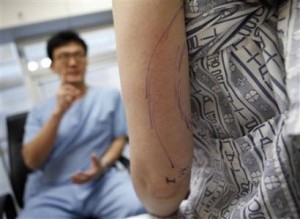 Aggressive marketing of additional, and often unnecessary, procedures to patients is another tactic to get more money. One TV show secretly filmed a consultation where the employee was trying to convince a woman to get an expensive double-jaw procedure for a v-shaped chin. He told her if she wanted to get married, she had to take the risk of surgery. He did not mention that some 52% of people who do the surgery suffer sensory problems like facial numbness; other possible problems include chronic jaw pain, a skewed mouth, misaligned teeth and an inability to smile. Many South Koreans, particularly women, feel that good looks are what they need to survive in the tough economy and marriage market. Doctors play on these fears to convince women that additional procedures guarantee them happiness.
Aggressive marketing of additional, and often unnecessary, procedures to patients is another tactic to get more money. One TV show secretly filmed a consultation where the employee was trying to convince a woman to get an expensive double-jaw procedure for a v-shaped chin. He told her if she wanted to get married, she had to take the risk of surgery. He did not mention that some 52% of people who do the surgery suffer sensory problems like facial numbness; other possible problems include chronic jaw pain, a skewed mouth, misaligned teeth and an inability to smile. Many South Koreans, particularly women, feel that good looks are what they need to survive in the tough economy and marriage market. Doctors play on these fears to convince women that additional procedures guarantee them happiness.
Perhaps most terrifying is that completely unqualified doctors are doing plastic surgery. According to current laws, anyone with a medical license can perform plastic surgery. There is a fear that allowing only specialists to do it will lead to a monopoly and higher costs. The government takes a hands-off approach to the problem because cosmetic surgery is not covered by national health insurance; it’s considered a personal choice and, therefore, a personal risk.
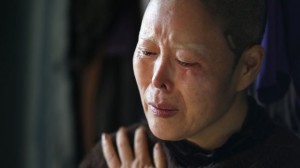
Kim Bok-soon wanted to change her nose, but the doctor convinced her that she could look like a celebrity. She paid him $28,000 and ended up getting fifteen surgeries on her face in one day. She knew immediately after the bandages were removed that something was terribly wrong. She found out afterwards that her doctor did not specialize in plastic surgery. These days she has many problems including not being able to completely close her eyes and a constantly running nose. She says, “He ruined my face. It is so horrible that people can’t look at my face. This is not a human face. It is more revolting than monsters or aliens.” The same doctor left a patient with a disfigured right breast, making her so depressed she tried committing suicide twice.
With demand not ending anytime soon, the risk of more injuries and fatalities because of cosmetic surgery is almost inevitable. The social pressure to be perfect cannot be solved overnight, but increased awareness, regulation, and enforcement will surely save many people from heartbreak or worse. However, it remains to be seen how far the government will go to protect patients in such a cutthroat industry.
(Korea Herald [1][2], Wall Street Journal, The New York Times, Asian One [1] [2], New America Media, The Chosun Ilbo, ABC News, The Joong Ang Daily [1][2], Audrey Magazine, New York Daily News, SBS, Japan Times, The Kyunghang Shinmun, Korea Times, The Hankyoreh, Youtube, Images via Reuters, New York Daily, ID Plastic Surgery, Luxola)
